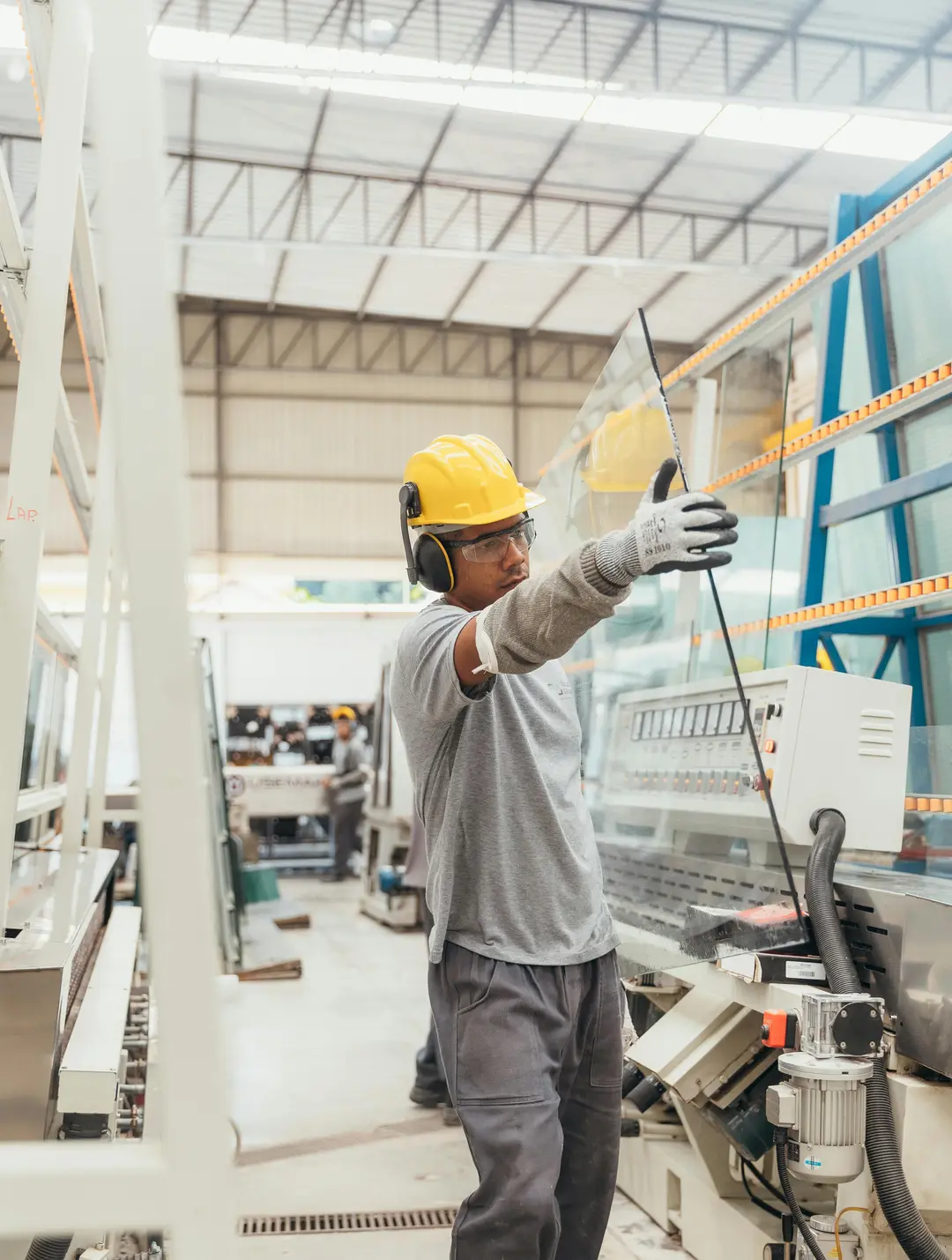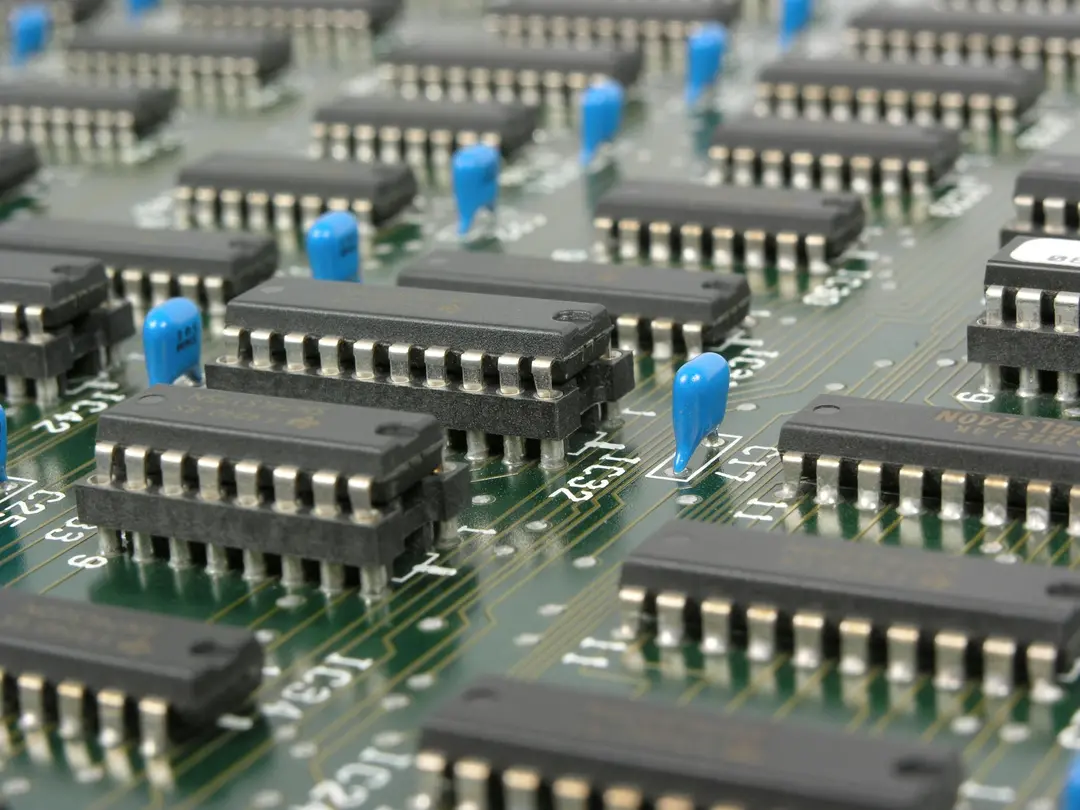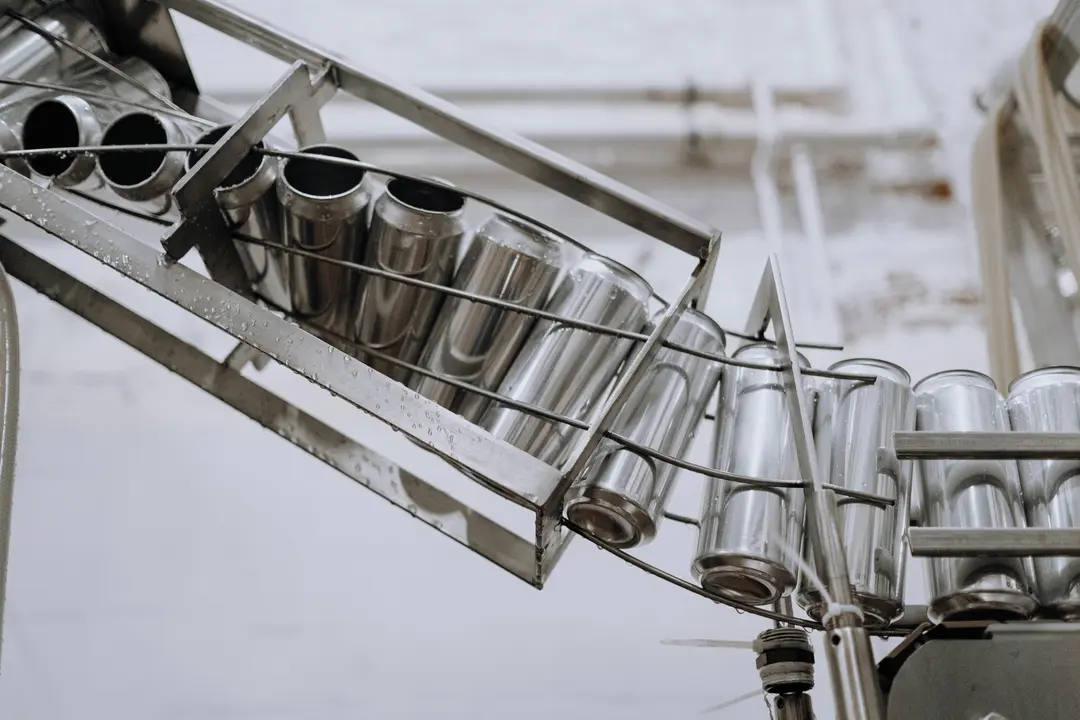 Get a quote
Get a quoteAluminium cast tooling plate is produced through a continuous horizontal casting process, resulting in a uniform fine-grain microstructure. Its two primary faces are machined to a surface finish of Ra 0.4 – 0.8 μm and typically protected with a thin polycoat film.
In the UK, cast tooling plate is most commonly available in variants of the 5000 series aluminium alloys. Though versions also exist in the 6000 and 7000 series, these are less readily sourced in the UK market.
Unlike conventional rolled aluminium plate, which is forged from wrought ingots and then heat treated, cast tooling plate is manufactured close to final thickness. After casting, it is heat treated at over 370°C for approximately 10 hours to fully anneal and relieve internal stresses. A final light machining process ensures dimensional accuracy, and protective film is then applied.
Aluminium cast tooling plate is widely used in machine building, jigs, and fixtures due to its reliable performance in the following areas:
Aluminium cast tooling plate offers excellent machinability, thanks to its uniform structure and dimensional stability. Compared to wrought aluminium, it has reduced material stickiness, though consistent flood coolant application is still advised.
Its slightly harder and more brittle nature means it is well-suited to delicate and intricate parts but may chip at entry and exit points of cuts. Reducing feed rate at these points can help avoid chipping. Thread milling is also recommended over tapping for better results when creating threaded holes.
Anodising 5000, 6000 and 7000 series cast tooling plate components is commonplace and the materials offer comparable anodising qualities to their wrought plate equivalents.
See our Finishing Processes page for further information on services that we can facilitate.
Here are the standard stock sizes/colours for Aluminium Cast Tooling Plate in the UK. Please note we do not supply stock material, the information provided is purely for design and research purposes.
Typically supplied with plastic protective film on both main faces.
Surface finish Ra0.4μm
Thickness +/- 0.1 mm
Flatness tolerance is dependant on plate thickness:
5083 (AlMg4.5Mn0.7) according to DIN EN 573-3 3.3547
EN AW-7021 (AlZn5.5Mg1.5) according to DIN EN 573-3
The machined flat faces offer an excellent base for starting machining.
Although a thin poly-film coating is applied on manufacture, with transportation and warehousing some scratches and dents to the main faces are common. Plate suppliers do not guarantee blemish free.
If components are to be plated or finished in other ways, discuss fixturing arrangements for the process with a competent processor and make detailed notes and reference points on manufacturing drawings.
Wire thread inserts or other thread insert variants (for example, Tappex inserts) should be considered for small diameter threaded holes where:












Cast tooling plate is a pre-cast, stress-relieved aluminium product with excellent flatness and dimensional stability.
It is ideal for jigs, fixtures, and base plates where tight tolerances and minimal distortion are critical.
Yes, cast tooling plate machines very well due to its consistent structure and low internal stresses.
It produces clean finishes and maintains flatness during and after machining.
Cast tooling plate offers superior flatness and reduced warping during machining compared to rolled plate.
This makes it ideal for precision setups and applications requiring tight tolerances.
Cast tooling plate typically produces a smooth surface finish due to its uniform grain structure.
It’s ideal for applications where flatness and visual consistency are priorities.

Fact Sheet 18 from the Aluminium Federation outlining key processes in the UK.